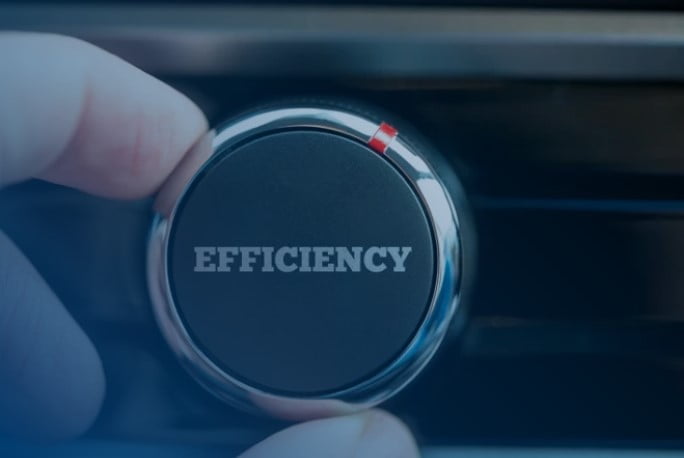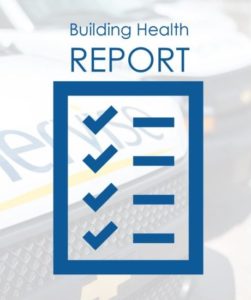Now more than ever, Facility Managers are having to evaluate and re-evaluate cost of repairs for commercial HVAC systems. Over a year of running on slim budgets has left many businesses with no choice but to make a series of band-aid repairs.
Quick fixes may provide a short-term resolution, but over time, older systems that have not been properly retrofitted will result in low efficiency, poor indoor air quality, and uncomfortable occupant environments.
Steps to Completing a Successful HVAC Retrofit
- Conduct a full building analysis. For example, a proper assessment on a commercial rooftop unit will help determine if it is time to replace or repair the system. Informed decisions help facility leaders pinpoint exactly where and when a system retrofit makes sense.
- Compare the benefits of a standard retrofit versus a deep retrofit. A basic rule of thumb is that deep energy retrofits (DER) are more likely to result in utility savings. The money saved by improved efficiency have the potential to pay for new equipment. In order to conduct a proper DER, a full assessment of the building system is necessary. Building automation or other systems used to monitor energy are a common addition to most DERs. Alternatively, standard retrofits result in the addition of a specific tool or part, rather than a full system overhaul. Standard retrofits could be as simple as replacing a multizone rooftop with a variable air volume (VAV) system.
- Install retrofits that fit the unique demands of your building. ASHRAE outlines standards for acceptable indoor air quality for various types of commercial buildings. Since each standard is unique to its sector, facility executives should evaluate their industry’s standards and also use their own experience and expertise in their field of work.
- Monitor results of any new retrofits. Partner with an expert with service, controls, and system knowledge to minimize future repairs and maximize energy savings for years to come.
It’s no secret that installing retrofits properly takes thorough research and support of energy experts. Standards such as the Department of Energy minimum efficiency standards and updated ASHRAE 90.1 standards should serve as important guideposts for where a system needs to perform.
Completing a successful retrofit that is backed by an expert means that the HVAC system will need minimal repairs, save energy, and improve the health of the occupants for the long haul.




